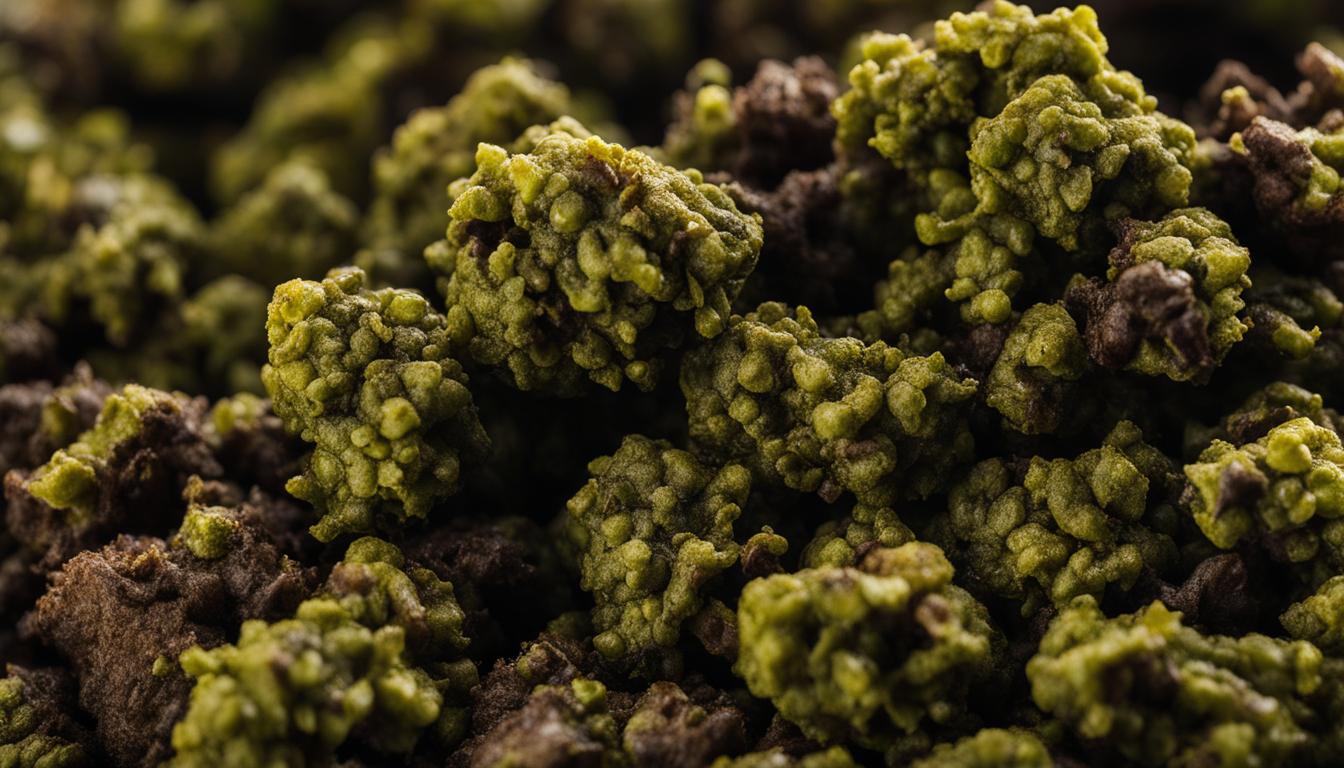Labrador Retriever Overview
Labrador Retrievers are beloved dogs known for their friendly nature and versatility. In this section, we will explore the key characteristics of Labrador Retrievers, including their size and weight, as well as their temperament and behavior.
Size and Weight
Labrador Retrievers come in a range of sizes, with slight variations between males and females. Adult male Labradors typically stand around 22.5 to 24.5 inches at the shoulder and weigh between 65 to 80 pounds. On the other hand, adult females are slightly smaller, standing at around the same height and weighing between 55 to 70 pounds (Quora). According to the American Kennel Club Official Labrador Retriever Breed Standards, males should ideally weigh between 65 and 80 pounds, while females should weigh between 55 and 70 pounds. The height of a Labrador Retriever is measured at the shoulder.
| Gender | Height (inches) | Weight (pounds) |
|---|---|---|
| Male | 22.5 – 24.5 | 65 – 80 |
| Female | 21.5 – 23.5 | 55 – 70 |
Figures courtesy Pawlicy
It’s important to note that individual Labradors may vary slightly in size and weight, and genetics, diet, and exercise can also play a role in their development.
Temperament and Behavior
Labrador Retrievers are known for their friendly and loving nature, making them a popular choice for families and individuals alike. They have a reputation for being tolerant and patient, which makes them great companions for people of all ages.
These dogs are intelligent and eager to please, making them fairly easy to train. Their desire to work with people and their natural intelligence contribute to their trainability. However, it’s essential to provide them with proper training and socialization from a young age to ensure they grow into well-behaved and well-adjusted dogs.
Labradors have a strong prey drive, which can make it challenging for them to coexist with smaller pets, such as cats. While their friendly and accepting nature may make them open to welcoming a feline into their space, their instinct to chase after smaller animals can pose a challenge. It’s important to introduce them to other pets gradually and under controlled circumstances, allowing them to become familiar with each other’s presence. Supervision and proper management are key to ensuring a harmonious coexistence between Labradors and other pets (Yahoo).
Labrador Retrievers are generally protective of their families and can be prone to mouthing or carrying objects in their mouths. Providing them with appropriate toys and outlets for their energy can help redirect this behavior.
Understanding the size, weight, temperament, and behavior of Labrador Retrievers is essential for anyone considering adding this breed to their family. While they are known for their friendly and loving nature, it’s important to provide them with the proper training, socialization, and care needed to ensure they thrive in their environment.
Training and Socialization
Labrador Retrievers are known for their intelligence and willingness to work with people, which makes them highly trainable. Proper training and socialization are essential for ensuring a well-behaved and balanced dog. In this section, we will explore two important aspects of training and socialization for Labrador Retrievers: prey drive management and coexistence with other pets.
Prey Drive Management
Labrador Retrievers have a strong prey drive, which can make it challenging for them to coexist peacefully with smaller animals such as cats or hamsters. While Labradors are generally friendly and tolerant, their natural instinct to chase after smaller creatures can cause distress to other household pets, particularly cats (Yahoo).
To manage the prey drive of a Labrador Retriever, proper training is crucial. Through training and positive reinforcement techniques, Labradors can learn to redirect their focus and energy away from smaller pets. It’s important to teach them that other animals in the household are not prey but fellow pets deserving of respect and companionship (Yahoo).
Considerations for prey drive management in Labrador Retrievers:
- Training: Enroll your Labrador Retriever in obedience training classes to establish basic commands and reinforce positive behavior. Work with a professional trainer who can help you address prey drive specifically.
- Socialization: Expose your Labrador Retriever to various environments, people, and animals from an early age. This helps them develop good social skills and reduces the likelihood of fixating on smaller pets as prey.
- Distraction and redirection: Provide your Labrador with engaging toys and activities that redirect their energy and focus away from smaller pets. Interactive toys and mental stimulation can help satisfy their natural instincts without risking the safety of other animals.
Coexistence with Other Pets
While Labrador Retrievers generally have a friendly and sociable nature, it’s important to introduce them to other pets in a controlled and supervised manner. The compatibility between a Labrador Retriever and other pets, such as cats or smaller dog breeds, can vary depending on individual temperament and socialization (Yahoo).
Considerations for coexistence with other pets:
- Proper introduction: When introducing a Labrador Retriever to another pet, ensure it is done gradually and in a controlled environment. Allow both animals to become familiar with each other’s scent before any direct interactions.
- Supervised interactions: Always supervise the interactions between your Labrador Retriever and other pets. This allows you to intervene if necessary and ensures the safety of all animals involved.
- Positive reinforcement: Reward and praise your Labrador Retriever for calm and appropriate behavior around other pets. By reinforcing positive interactions, you can help create a harmonious environment for all the animals in your household.
Remember that each Labrador Retriever is unique, and their compatibility with other pets may vary. Some Labradors may have a higher prey drive or may not be as comfortable with certain animals. It’s important to assess each situation and prioritize the safety and well-being of all pets involved.
By managing prey drive and promoting positive interactions, Labrador Retrievers can develop a harmonious relationship with other pets in the household. Proper training, socialization, and supervision play a crucial role in facilitating a peaceful coexistence between Labrador Retrievers and other animals.
Health Considerations
When it comes to the health of Labrador Retrievers, it’s important to be aware of common health issues that may affect the breed. Regular veterinary care, preventive measures, and early detection play a vital role in ensuring the well-being of these beloved dogs.
Common Health Issues
Labrador Retrievers are generally a healthy breed, but they can be predisposed to certain health conditions. It’s important for owners to be aware of these conditions and take appropriate steps to manage and address them. Some common health issues that may affect Labrador Retrievers include:
| Health Issue | Description |
|---|---|
| Tricuspid Valve Dysplasia | Abnormal formation of the heart’s tricuspid valve, leading to improper blood flow. |
| Elbow Dysplasia | Abnormal growth and development of the elbow joint, resulting in lameness and decreased range of motion. |
| Hip Dysplasia | Abnormal formation of the hip socket, leading to mobility issues, pain, and arthritis. |
| Centronuclear Myopathy | A genetic muscle disorder that causes muscle weakness and exercise intolerance. |
| Exercise-Induced Collapse | A condition where dogs experience weakness or collapse after intense exercise. |
| Hemangiosarcoma | A type of cancer that originates in the blood vessels and can affect various organs. |
| Nutritional Dilated Cardiomyopathy | A heart condition characterized by an enlarged heart and reduced ability to pump blood efficiently. |
| Progressive Retinal Atrophy | A gradual deterioration of the retina, leading to visual impairment and eventual blindness. |
It’s essential for Labrador Retriever owners to be aware of these health issues and monitor their dogs for any signs or symptoms. Regular veterinary visits and screenings can help with early detection and appropriate management. For more information on Labrador Retriever health issues, visit our article on labrador retriever health issues.
Preventative Care
Preventive care is crucial for maintaining the health and well-being of Labrador Retrievers. Here are some key aspects of preventative care that owners should prioritize:
-
Regular Veterinary Visits: Schedule routine check-ups with a veterinarian to monitor your Labrador Retriever’s overall health and address any concerns. Regular vaccinations, parasite prevention, and dental care are essential components of preventive veterinary care.
-
Healthy Diet: Provide a balanced and nutritious diet tailored to the specific needs of your Labrador Retriever. Obesity is a common issue in this breed, so it’s important to control their food intake and offer healthy treats in moderation. Consult with your veterinarian for dietary recommendations.
-
Exercise and Weight Management: Regular exercise is important for Labrador Retrievers to maintain a healthy weight and overall fitness. Adequate exercise can help prevent obesity, which is associated with various health problems. However, it’s important to avoid excessive or strenuous exercise, especially in puppies, to prevent joint and skeletal issues.
-
Grooming and Hygiene: Regular grooming, including brushing and bathing, helps maintain the cleanliness and health of your Labrador Retriever’s coat and skin. It also provides an opportunity to check for any signs of skin issues, parasites, or abnormalities.
-
Eye and Ear Care: Labrador Retrievers are prone to certain eye conditions, such as progressive retinal atrophy. Regular eye examinations by a veterinary ophthalmologist can help detect and manage these issues. Additionally, regular ear cleaning and inspection can help prevent ear infections, a common problem in floppy-eared breeds.
By prioritizing preventive care, Labrador Retriever owners can help ensure their dogs live healthy and happy lives. Remember, if you have any concerns about your dog’s health, always consult with a veterinarian for professional advice and guidance.
Breeding and Line Variations
Labrador Retrievers, known for their friendly and outgoing nature, come in two distinct lines: show (English) and field (American). Understanding the characteristics of each line can help potential owners make informed decisions about the type of Labrador Retriever that best suits their preferences and lifestyle.
Show vs. Field Line Characteristics
Show line Labrador Retrievers, also known as English line dogs, are typically stockier with shorter legs and wider faces. They have a more compact build and a broader chest. Show line Labs often have a calmer and more laid-back temperament, making them suitable for families and households that prefer a more relaxed companion. Their appearance aligns with the breed standards set by kennel clubs, emphasizing conformation and adherence to breed characteristics.
On the other hand, field line Labrador Retrievers, also known as American line dogs, tend to be leaner and longer-legged. They have longer, narrower faces and a more streamlined physique. Field line Labs are bred for their working abilities and excel in activities such as hunting, retrieving, and agility. They possess high energy levels, great endurance, and a strong drive to work. These traits make them a popular choice among active individuals who engage in outdoor activities and require a dog with a higher level of physical stamina.
Inherited Health Conditions
While Labrador Retrievers are generally considered a healthy breed, there are certain inherited health conditions that potential owners should be aware of. Hip dysplasia is a common concern in Labradors, where the hip socket is improperly formed, leading to mobility issues and potential arthritis (Purina UK). To reduce the risk of inheritance, it is advisable to choose a breeder who conducts hip scoring tests on their breeding dogs.
Other inherited health conditions that can affect Labradors include progressive retinal atrophy (PRA), exercise-induced collapse (EIC), and various eye disorders, such as cataracts and retinal dysplasia. Responsible breeders prioritize the health and well-being of their dogs and perform relevant health screenings to minimize the prevalence of these conditions.
When considering a Labrador Retriever, it is essential to research and select a reputable breeder who prioritizes the health and temperament of their dogs. They should conduct appropriate health tests and provide documentation to ensure the puppies are bred from healthy and sound parents (labrador retriever breeders). By choosing a responsible breeder and understanding the differences between show and field lines, you can find the Labrador Retriever that suits your lifestyle and preferences.
For more information on Labrador Retriever characteristics, health issues, and care, please visit our articles on labrador retriever breed, labrador retriever health issues, and labrador retriever shedding.








